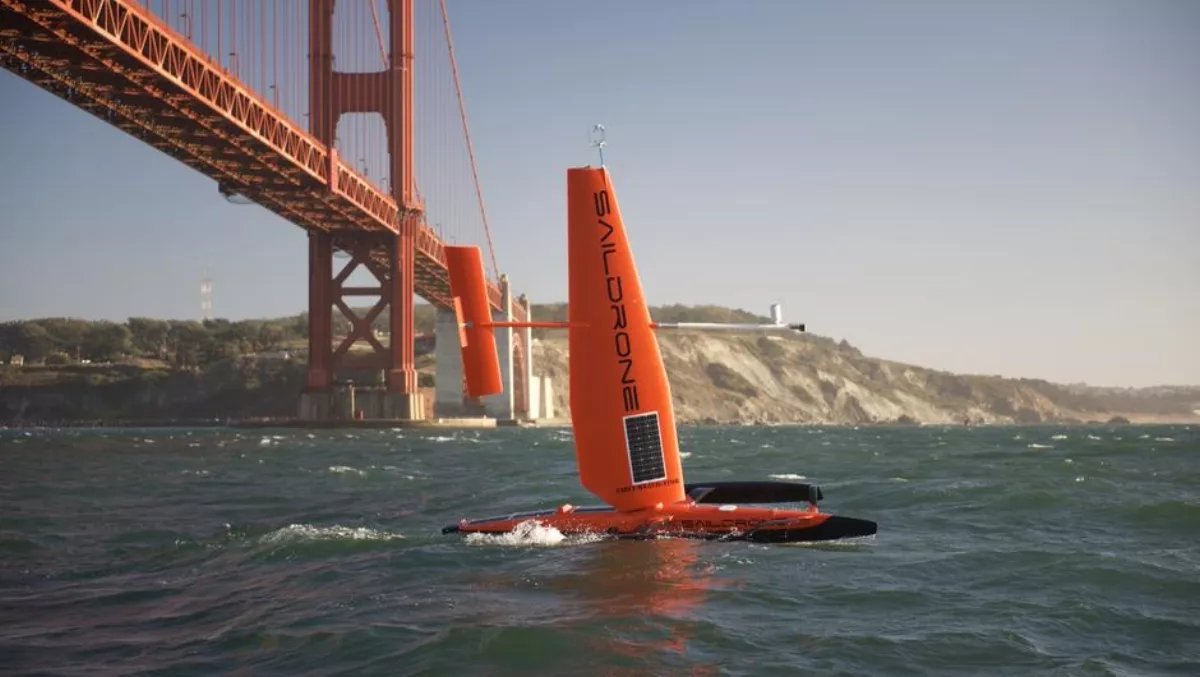
From San Francisco to the Southern Ocean: The tale of a Saildrone shipwreck
The case of a missing saildrone that set off from San Francisco three years ago has finally been solved right here in New Zealand.
You might think the Southern Ocean is the place to spot whales and other marine life – the last place you'd ever expect a rogue drone to show up.
But that's exactly what happened to an Otago University team that was out exploring the area. The Department of Conservation asked the team to venture out to Enderby Island's Sandy Bay, where the drone had washed up.
The seven-metre-long Saildrone is an unmanned surface vehicle with a carbon fibre wing-sail.
"It's a new platform for studies of the ocean and atmosphere. Data from a wide range of on-board sensors are streamed in real time via satellite, so scientists can study remote ocean areas at a tiny fraction of the usual cost," comments Otago University Professor Steve Dawson.
This particular Saildrone set off from San Francisco in August 2015 with the goal of making the world's first unmanned circumnavigation of earth.
Obviously, things went a little wrong somewhere – even though it is able to sail autonomously for months at a time, and it's also able to follow a particular track.
So what happened? Saildrone's founder Richard Jenkins says the drone travelled to the equator to take measurements for El Nino studies. But the whole process took too long.

When the Saildrone reached Cape Horn in late winter, there were fierce storms that knocked it off course.
"We lost contact shortly after it rounded Cape Horn. From there the vessel's track is a mystery that downloading the on-board data-logger might solve," Jenkins says.
Dawson adds that he was amazed that the Saildrone was still intact. Only the outriggers and wing-sail were damaged.
"This tiny unmanned yacht has survived the world's roughest oceans for almost three years. Considering the impressive array of data Saildrone can collect, it's clear that this will be a key technology for monitoring our changing world," Professor Dawson says.
The Department of Conservation is holding onto the Saildrone and its data until it can be reunited with Mr Jenkins.

However that's not the end of the Saildrone high-sea adventures, and Jenkins says he plans to launch the latest generation from Bluff in Antarctica. The mission: To circumnavigate Antarctica.
"The newest version even has a recorder for whale sounds, and an echo-sounder for studying aggregations of fish and krill. It's very exciting technology," Dawson concludes.


